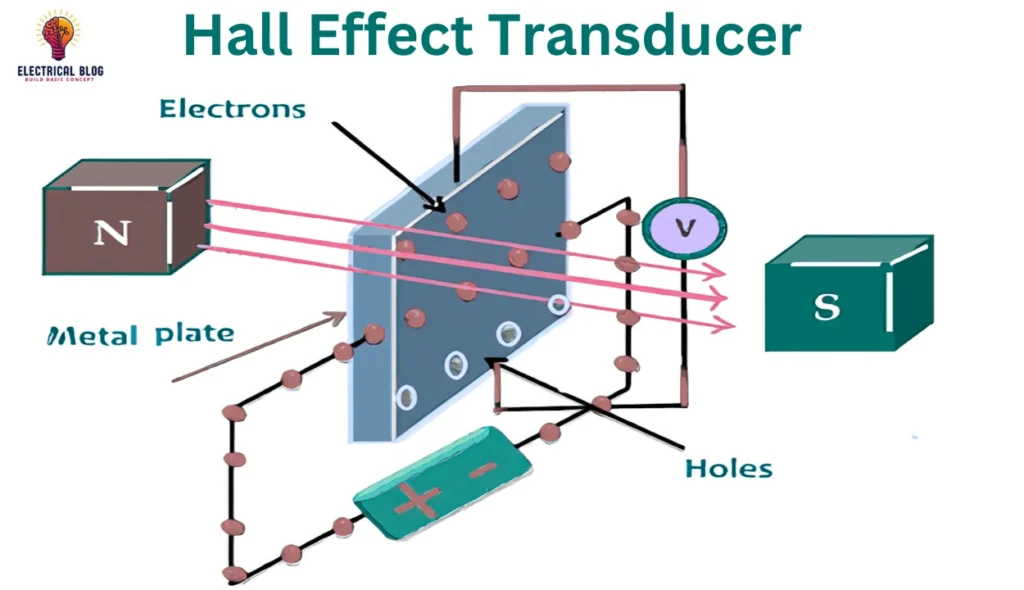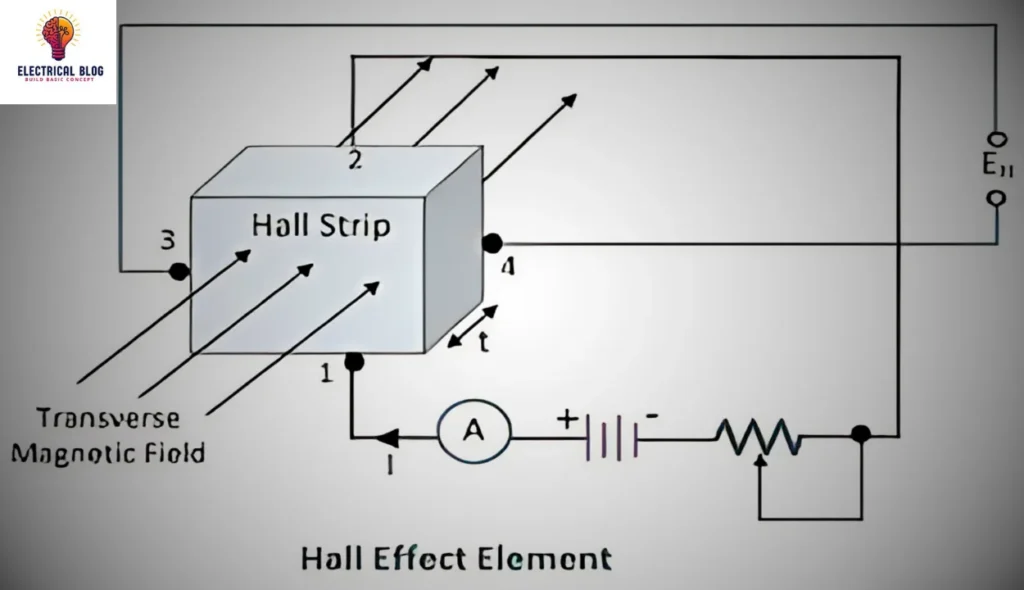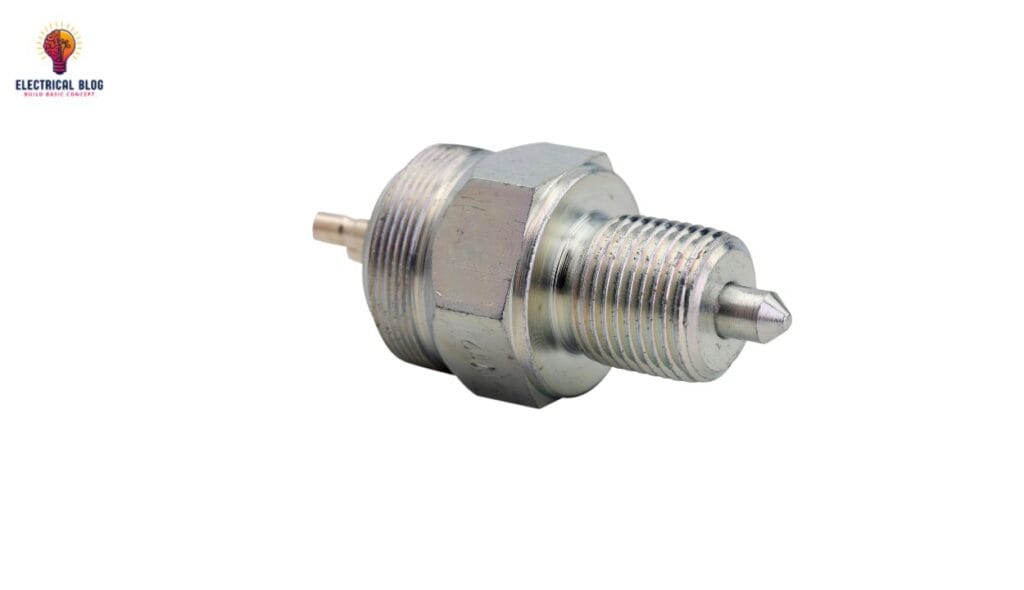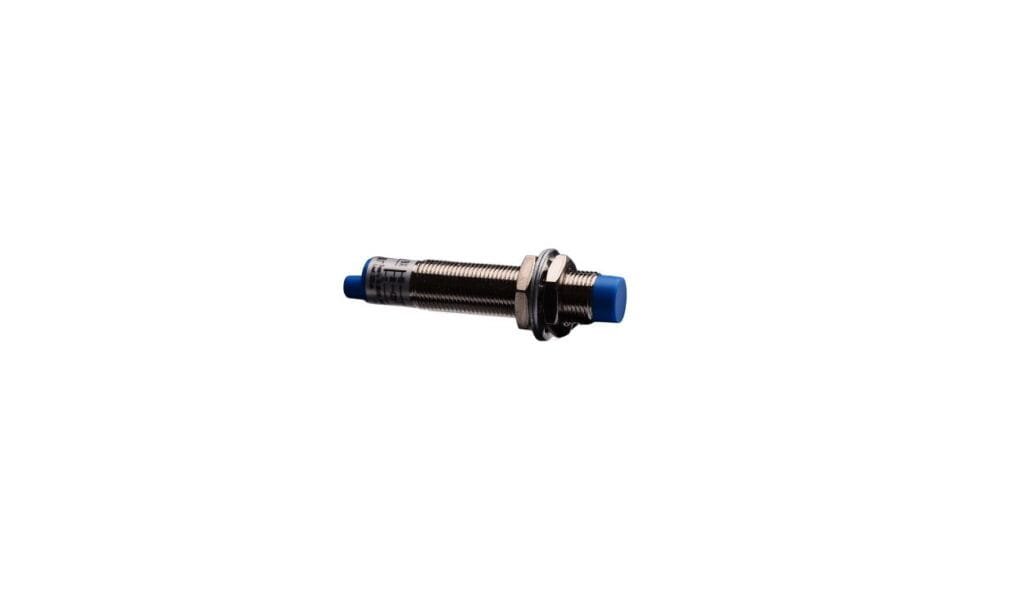Introduction
The Hall effect transducer is a common device in electrical engineering, widely recognized for its ability to measure a variety of parameters. With over 1,000 mentions on the internet, this versatile tool effectively detects magnetic fields, currents, and displacement, making it ideal for diverse applications. Its transducing capability allows it to determine flow rate and other vital measurement needs. The Hall effect principle is the basis of its operation, ensuring accurate data collection.
This physical phenomenon occurs when a voltage is generated across the edges of a conducting material as an electric current passes through, with a magnetic field applied perpendicular to the current. This well-known method plays a major role in engineering systems, thanks to its effective construction and reliable operation. The article will further discuss its principles, advantages, and critical applications in various fields.
What is the Hall effect?
The Hall effect is a fascinating phenomenon that was discovered in 1879 by the American physicist Edwin Hall. It occurs when moving charges inside a current-carrying conductor experience a force when placed perpendicular to a magnetic field. This causes the charges to accumulate on one side, creating an electric potential called the Hall voltage.
This generated voltage is proportional to the strength of the magnetic field, the current, and a unique property of the materials called the Hall coefficient. Certain semiconductor materials, like silicon and germanium, are known to show a much stronger effect compared to metals, making them more measurable in practice. The voltage can be calibrated to measure various parameters, like field intensity or physical conditions.
This fundamental principle is the basis for operation in many devices, including Hall transducers. These devices are highly effective at detecting magnetic changes and are widely used in industries of technical interest. The ability to detect precise parameters with measurable results has made Hall transducers essential in modern engineering. You can also read Thermistor.
Definition of Hall Effect Transducer
A Hall Effect Transducer is a device designed to convert a magnetic field into a proportional potential difference. It achieves this by using a conducting strip, where the opposite faces of the strip generate this difference based on field strength and other measurement factors. You can also read NTC Thermistor.
Hall Effect Transducer diagram

Working Principle of Hall Effect Transducer
The Hall Effect Transducer works by using a rectangular strip or wafer made of semiconductor material like silicon. This strip has four terminals, with two on opposite faces to allow a DC current to be passed through its width. When this strip is placed perpendicular to an external magnetic field, the electrons inside it start flowing and experience a deflecting force. This force, called the Lorentz force, makes the free charges accumulate on one side, creating a potential difference. This difference results in a voltage known as the Hall voltage, which is proportional to the field strength.
In practical use, this developed voltage can be measured to determine key parameters like magnetic field intensity or current flow. The voltage output is explained by the expression EH = KIB, which shows how the magnitude of the output signal relates to the measured field. The force acting on the positive charges follows the rule F = q(v x B), where v is velocity and B is the magnetic field strength. By calibrating this voltage, the transducer proves useful in various applications requiring accurate magnetic detection. You can also read Rheostat.
Construction of Hall Effect Transducer
The Hall Effect Transducer is built using a semiconductor material like n-type silicon, gallium arsenide, or indium antimonide. These materials are cut into optimal planes to enhance performance. The thickness of the wafer varies from a few microns to millimeters depending on the applications.
On the surface of the semiconductor chip, tiny gold contact pads are deposited via lithography. These pads act as electrical terminals for current input and voltage output. Their positioning ensures efficient signal flow and minimizes leakage issues.
A thin passivation layer like silicon oxide is added to protect the surface from environmental damage. This design ensures durability and reduces performance issues caused by external factors. The passivation layer also helps maintain linearity and stable offset values.
The chip is enclosed in a miniature package like TO-92, SOT-23, or MSOP for safe handling and easy installation. Each package has soldering pins that align with the corresponding terminals for seamless interfacing. These are common industry-standard packages for compact electronic devices.
To boost sensitivity, a magnetic concentrator or shield may be employed in some designs. This directs more magnetic flux through the chip by channeling flux lines efficiently. This dedicated structure significantly improves detection accuracy in critical applications.
Advanced structures also include integrated circuit designs for temperature compensation and refined signal processing. Proper doping, precise design, and improved metrics ensure optimal performance in various technical fields.

Advantages of Hall Effect Transducers
Hall Effect Transducers are highly compact and require minimal space due to their solid-state design with no moving parts, making them a popular choice for various industrial applications.
They provide non-contact measurement, ensuring there is no physical connection with the current-carrying conductor or magnetic field, which improves reliability.
With a fast response time in the range of microseconds, they are ideal for high-speed measurement needs in scientific and monitoring systems.
The accuracy of these transducers is excellent, with precise measurements possible in microtesla and milliampere ranges.
Their construction is simple and inexpensive, making it cost-effective compared to other magnetic sensors.
The low-power design allows for efficient battery-powered operation without requiring bulky accessories, improving portability.
They offer strong immunity against mechanical vibrations, shocks, and other environmental factors, ensuring stable performance.
Their lifespan exceeds 10 years with minimal calibration needs, providing long-term reliability.
Advanced design may include temperature compensation to minimize the impact of temperature variations on performance, enhancing stability.
Applications of Hall Effect Transducers
Magnetic to Electric Transducer
The Hall Effect element is vital for converting magnetic flux into an electric voltage. By placing a semiconductor material in the measured magnetic fields, a proportional voltage is developed at the ends of the strips. This voltage directly reflects the density and strength of the field, making it effective for detecting continuous magnetic changes.
Although the transducer is compact and requires a small space, it has the disadvantage of being sensitive to temperature. Each case often requires proper calibration to ensure accurate readings, especially for precise measured field values. Despite this, the Hall transducer remains essential in various applications.
Measurement of Displacement
The Hall Effect element is useful for the measurement of displacement in structural setups. For example, in a ferromagnetic structure, a permanent magnet is placed with its poles set across the element.
As the position of the magnet changes, the magnetic field strength also varies. This change allows the transducer to accurately measure the shifting position within the system.
Measurement of Current
The Hall Effect transducer is ideal for measuring current without a physical connection to the conductor or circuit. By applying AC or DC across the conductor, a magnetic field is developed. The strength of this field is proportional to the current applied, allowing accurate readings. The field generates an EMF across the strips, and this EMF depends on the conductor’s strength.
Measurement of Power
The Hall Effect transducer is effective for measuring the power of a conductor by detecting its magnetic field. When current is applied across the conductor, the field develops with an intensity that depends on the current. This field induces a voltage across the strip, and the output voltage from the multiplier is proportional to the power.
Conclusion
The Hall Effect transducers are an important tool in engineering due to their ability to non-intrusively measure magnetic fields, currents, and displacement. Their working is based on the principle of the Hall phenomenon, enabling accurate voltage conversion in various applications.
With features like compact size, fast response, and durability, these devices excel in industrial, automotive, and consumer electronics. Their competitive edge lies in their contactless operation, making them ideal for monitoring, scientific instruments, and process systems in various domains.


